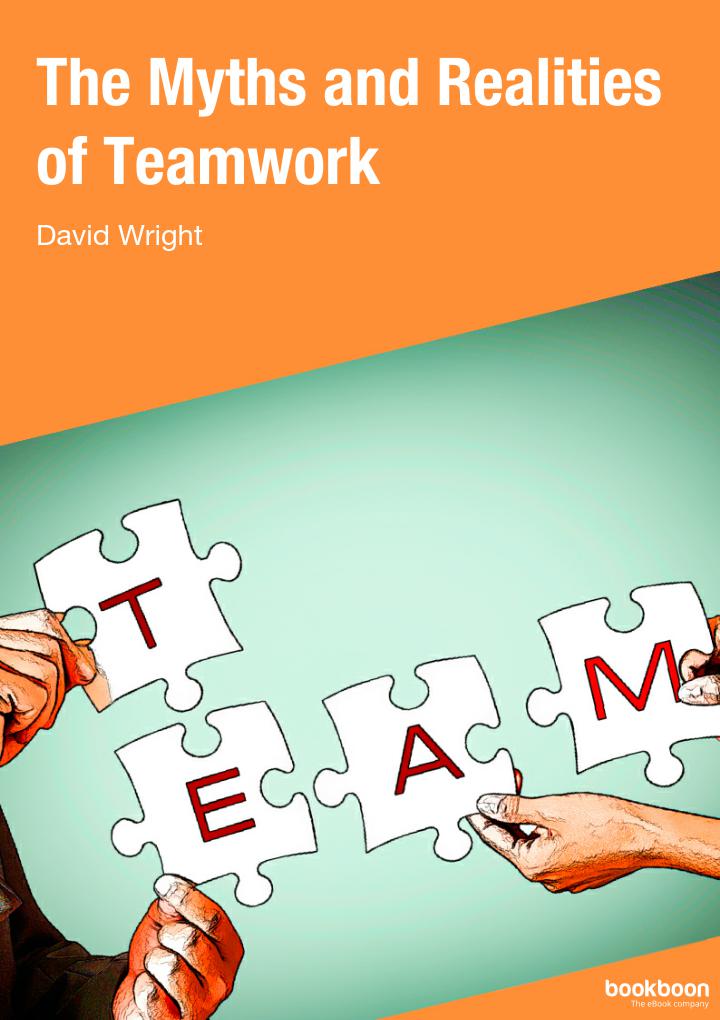5 myths and realities of good teamwork

Teamwork, when introduced for the right reasons and managed in a challenging way, is one of most rewarding processes any manager or leader can experience. However, there still exist a lot of misunderstandings and myths about teamwork which can have a negative influence on it. In this article we will address 5 of these myths. Don’t miss this.
Myth 1 – Teams are generally harmonious people who compromise their needs for the sake of the team
Good teams are made of diverse people with specific needs to be met within the team. When the diversity is recognised and utilised appropriately the team’s diversity can become a team strength.
A starting point for working with any team is to understand the individuals that work in the team. There are many instruments on the market to help identify a team’s profile. The key is not to label people or the team but allow the team to:
- Identify the range of talents within the team and encourage the team members to recognise and use that talent to help the team succeed
- Predict the team’s overall performance and identify strengths and weaknesses
- Write a set of team ground rules for operating as a team that will aid success
If the diverse profile within a team can be recognised and utilised appropriately, the team members will deliver team success. This diversity is to be seen as a strength. Failure to recognise the diversity can lead to team chaos.
Myth 2 – Team conflict is unhealthy
Conflict within teams needs to be recognised as a positive energy source, especially if the whole team can embrace the team’s primary goal or mission rather than individual goals.
A good definition of a team is: A group of individuals who are passionate about a common goal.
The word passionate is important, because it is the passion for the common goal that is the ‘glue’ that keeps the team together. The passion for a common goal allows conflict to be seen in a positive light, as the ‘fight’ is about achieving the objective and not with each other.
Myth 3 – Most people like teamwork
About one third of the working population enjoy teamwork, one third is neutral and one third prefers to work solo (source: Wright Consultancy).
It is obvious to say that not everyone will respond to teamwork in the same way; each person is different and should be recognised as such. Some people have a preference for working by themselves and the team needs to accommodate this without compromising the team objectives or values. It is possible to create a team environment that caters for the work preferences of each individual.
The glue for most teams for such potentially diverse people is the passion of a common goal, the opportunity to express themselves and be recognised for their strengths within the team.
Myth 4 – Teamwork is essential to business success
Teamwork is not essential to all businesses. Teams thrive on complexity; however, if a task or process is simple an organisation can cope without teamwork and continue to be successful working in silos or a task environment.
Give teams unchallenging tasks and they become bored, allowing individual needs to come to the fore and over time the teamwork will disintegrate to working in silos.
There are teams which work well on simple tasks, where the high morale and motivation of the team is the goal; this is particularly true of customer service environments. While the task is simple the focus of the team leaders is on team communications and empowerment of the team if the teams are to be successful.
In conclusion, teams thrive on a challenging tasks and it is this complexity businesses should tap into by embracing teamwork.
Myth 5 – Senior Managers encourage teamwork
Far from encouraging teamwork, senior managers are uneasy with the loss of control that teamwork appears to bring with it. An old European study of senior managers in the 1990s discovered that while senior managers outwardly supported teamwork in their organisations; they were uncomfortable with the process and the potential for exposing their own weaknesses and loss of control.
Teamwork is a continuous process, there needs to be constant learning from the process accompanied by a high level of openness among team members. This will inevitably require strong review processes to aid learning and may include 360-degree feedback. In true teamwork there must be transparency and there is nowhere for senior managers to hide their weaknesses when leading teams. Weaknesses can be overcome by tapping into the strengths of the team members.




